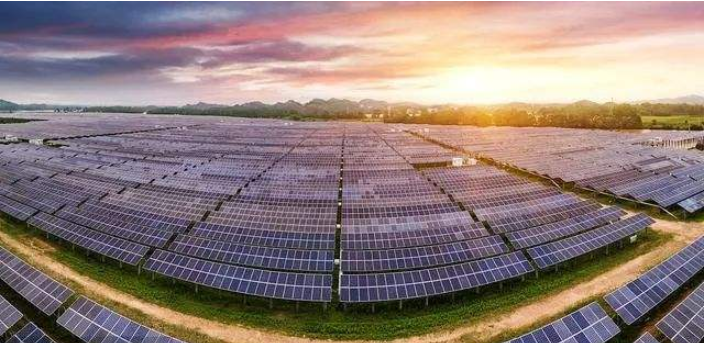According to a study by the Carbon Tracker Initiative, in 2022, Vietnam's development of new solar power generation capacity may be lower than the cost of running existing coal-fired power plants.
Analysts have found that even with the assumption that renewable energy development is unsatisfactory, by 2032, new solar energy will surpass existing fossil fuel assets.
The key to these two comparisons is the cost of fuel for transporting coal to Vietnam. By 2032, solar cells will become more attractive at a cost of $64 per ton of fuel. According to carbon tracking data, if the fuel price is 81 US dollars per ton, the turning point of Vietnam's solar energy surpassing coal will be advanced to 2028. If fuel prices rise to $99 per ton, photovoltaics will be more attractive than coal in three years.
Analysts added that in the think tank's Solar (and Wind Energy) report, this comparison did not predict further declines in solar prices – a situation that is unlikely to occur as solar prices continue to fall and power generation efficiency Being improved. The country is still providing subsidies for feed-in tariffs, but at some stage it may turn to reverse auction purchases.
The most expensive coal in the world
In addition, analysts pointed out that if Vietnamese policy makers choose to adopt carbon pricing or basic air pollution control laws, the long-term cost of coal, including transportation costs, may rise from US$47 per MWh to the highest level in the world.
A number of data cited in the Carbon Tracking Report show that Vietnam can save $7 billion a year by eliminating coal power generation from Vietnam's 30 GW program.
Analysts say that in a country where the capacity utilization rate of a thermal power plant has dropped from 70% in 2010 to 60% in 2017, coal power generation assets will be at risk. For coal investors, the estimated capital recovery period is 15-20 years. Carbon tracking surveys show that coal will no longer be the lowest cost option until any plant in the future achieves a return.
Vietnam has pledged to reduce its greenhouse gas emissions by a quarter by 2030 and will use 18 GW of new onshore wind and photovoltaic power generation capacity. In terms of solar energy alone, the government's goal is to increase the power generation capacity of only 8 megawatts two years ago to 12 GW in 2030.
As the Vietnamese government begins to accept renewable energy, recent data shows that Vietnam has surpassed India to become the largest recipient of photovoltaic power plants and China's solar panel exports.
















 RCCN WeChat QrCode
RCCN WeChat QrCode Mobile WebSite
Mobile WebSite